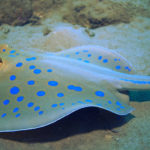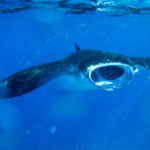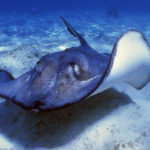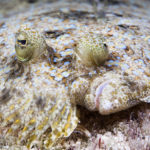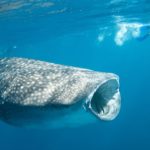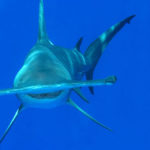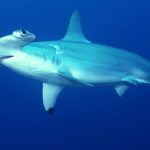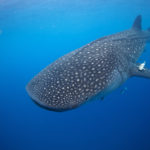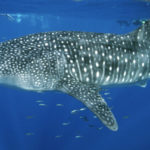Stingrays – information
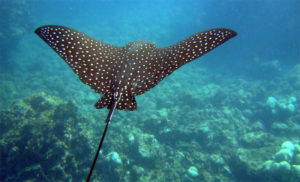 Stingrays are cartilaginous fishes, which are the closest relatives of sharks. Scientists distinguish five orders of these fish, which include 14 families and number of 350 species. Most stingrays are sea dwellers, they are found in all oceans at a depth of up to 2,700 m. Some stingrays live in tropical rivers.
Stingrays are cartilaginous fishes, which are the closest relatives of sharks. Scientists distinguish five orders of these fish, which include 14 families and number of 350 species. Most stingrays are sea dwellers, they are found in all oceans at a depth of up to 2,700 m. Some stingrays live in tropical rivers.
Motor – a kind of ramps from the family of river tailings, living in South America. The body of the stingrays is flattened, broad, looks like a disk or a rhombus. Its length is from a few centimeters to 6-7 meters. The maximum mass is up to 2.5 tons. The largest slope is the manta, or sea devil. It is named so because of the presence of the head fins, which are folded into a tube and protrude forward like horns. Also refers to the slopes is the fish-saw. All the stingrays have well developed pectoral fins.
The mouth and gill slits are on the ventral side of the body. Most stingrays live on the bottom and only a few (manta and tail) float freely in the water column. There are stingrays among them that feed on benthic animals (worms, mollusks and crustaceans), but there are active predators that eat fish. Some stingrays have electric organs on each side, while tail stingrays have tailed thorns equipped with a poisonous gland. Stingray-tail and fish-saw are a danger to humans.
The manta stingrays slips are accurate reduced copies of their parents. Among the stingrays there are egg-laying, viviparous and ovovivorous. But their fertility is low (from one to several dozen embryos). Oviparous stingrays lay large eggs enclosed in a capsule to the bottom. Skin skin can be naked or covered with spines. It is rather highly appreciated. In some countries, egg capsules are used for food, which are called “purse mermaids”.
